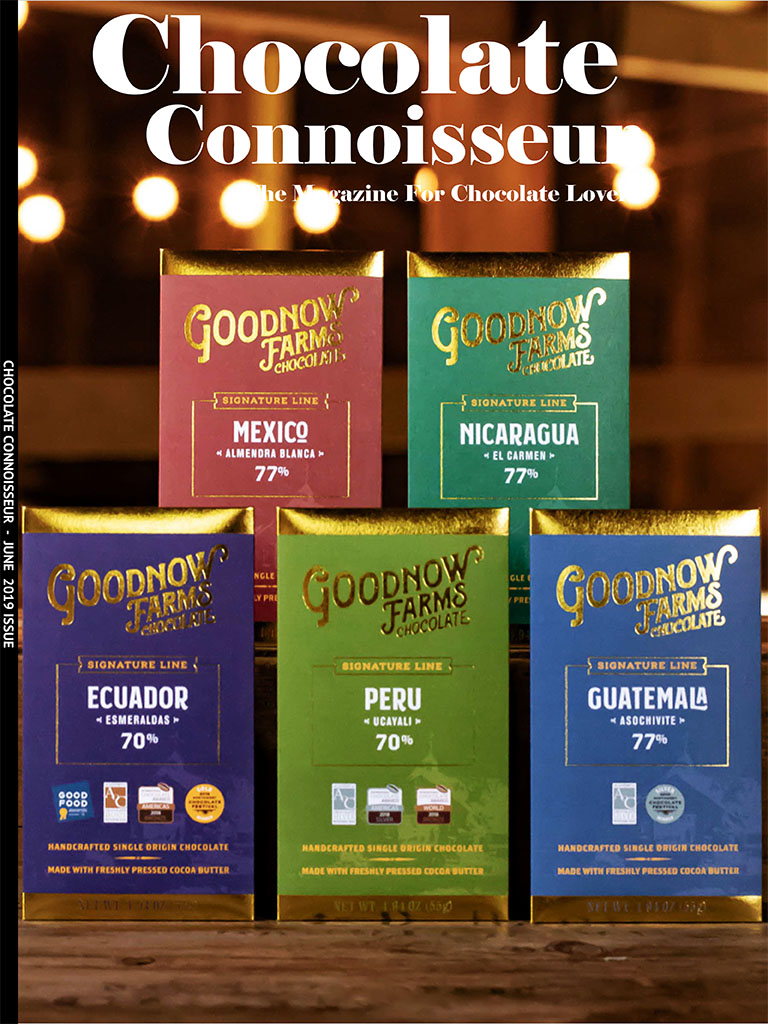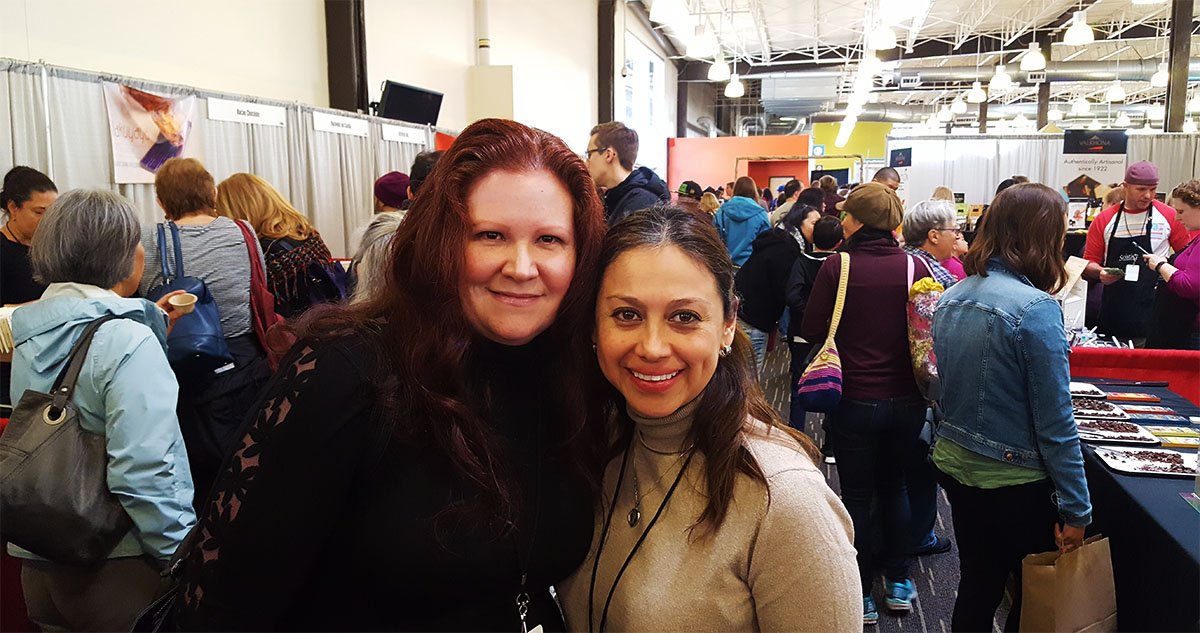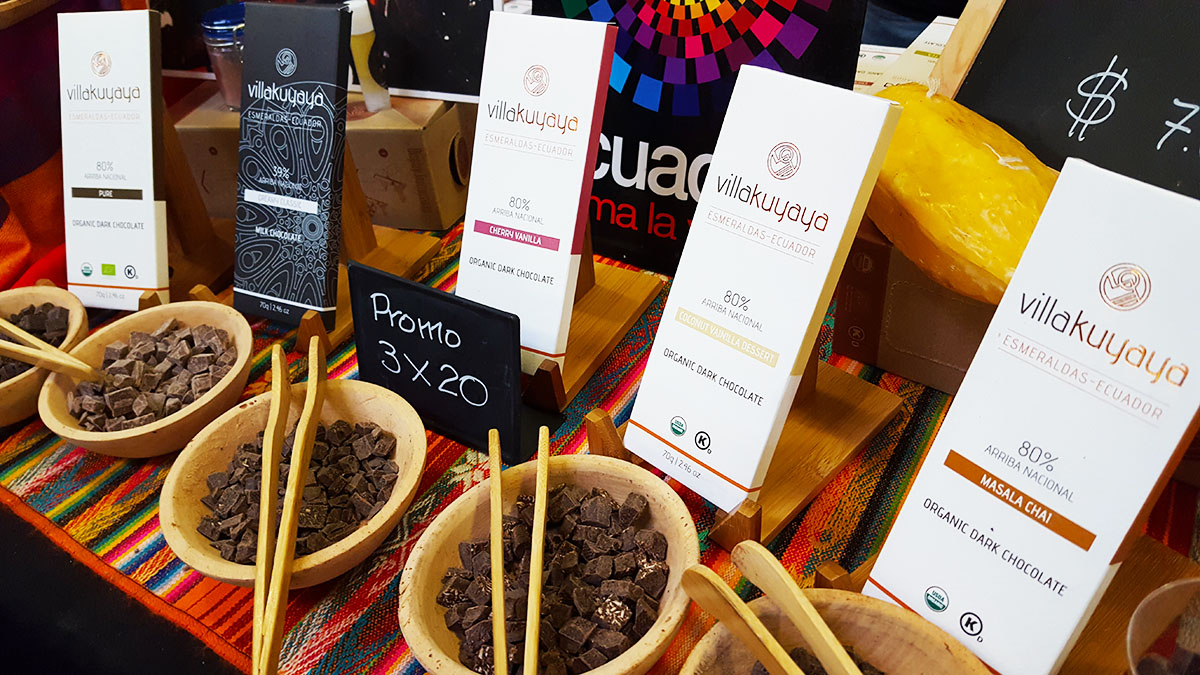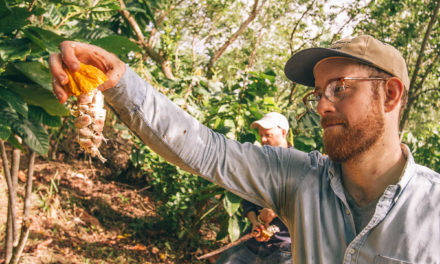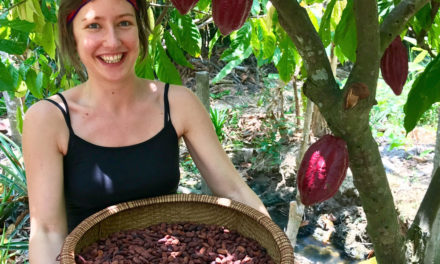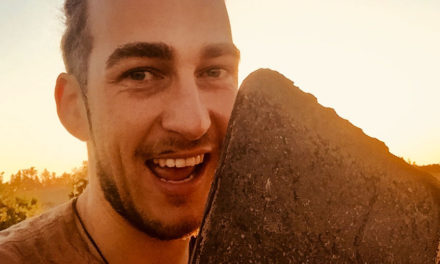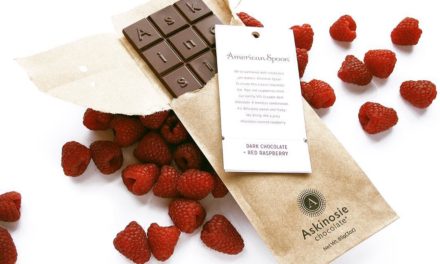Chocolate One-on-One: Villakuyaya
One’s journey to chocolate maker often takes so many different paths… every person experiences his or her own unique odyssey. Tania Molina Cruz’s rare journey led her from architect to Villakuyaya, her chocolate company located in Bardonia, NY.
I first met Tania at the Northwest Chocolate Festival in Seattle, WA, back in November of 2018. I think I sampled almost every bar in her product line at that time! In particular, I immensely enjoyed, and then immediately purchased, Villakuyaya’s Earl Grey Lavender Bar and Masala Chai 80% Organic Dark Chocolate Bar as well. Tania excels at isolating flavors… letting each one stand out without covering up the other flavors present.
Villakuyaya crafts all their chocolate, from the varied, high percentage bars, through the entire inclusion bar line, in true bean-to-bar method, using organic Esmeraldas, Ecuadorian cacao.
So let me officially introduce you to Villakuyaya’s own Tania Molina Cruz — architect, entrepreneur, businesswoman, chocolate maker, and since this interview, mother (congrats!).
Victoria Cooksey (VC): How did you go from architect to chocolate maker? Do you still do work as an architect?
Tania Molina Cruz (TMC): I began working as an architect right after graduating from university and created my own company. Over the course of my career, the Ecuadorian economy ups and downs had a huge effect on the consistency of construction and projects.
During one of those slow downturns, my entrepreneurial dreams led me to create Villakuyaya and give chocolate making a shot, to both be productive and fulfill my creative desires.
I still own my brick making company in Ecuador, and am taking certification classes in the U.S. so if I needed to do some architectural projects here I could, but most of my time is spent with Villakuyaya and expanding the brand.
Victoria Cooksey with Tania Molina Cruz at the 2018 Northwest Chocolate Festival
VC: What did chocolate mean to you growing up? How has your relationship with chocolate evolved as an adult?
TMC: I didn’t grow up educated in the finer points of chocolate at all, even coming from Ecuador which is so known for their cacao. I worked toward my master’s degree and focused on architecture, then when I learned about the chocolate business and decided to start my own company, I was learning on the fly.
Even now, I still learn new things about the industry, history and trends in chocolate every day. As an adult in the business it’s hard not to look at things through a prism of business; that ad looks well done; that inclusion sounds tasty; a new region where cacao production is hot, like Japan. I try to sit back, take it in and enjoy it.
VC: Where does the inspiration come from for the ingredients to put in your inclusion bars?
TMC: My grandmother loved to cook and play with spices in her dishes and tried to teach me some of these ideas when I was young. Later in life, when I decided to try to create my own chocolate company, the two things that inspired me most were my love of yoga and my memories of my grandmother.
Villakuyaya actually roughly translates to “grandma’s house” in Quechua, a native language of Ecuadorian and Peruvian people, and symbolizes how important family is in helping me and being a part of Villakuyaya.
Yoga gave me a love of meditation and teas to relax, so the tea fixation was on my mind when I started the business also.
VC: What made you choose to add inclusions sometimes associated with sweet desserts to dark (80%) chocolate bars?
TMC: Many of my tea inclusions sound very “tea-ish”, even though they are my most popular inclusions, like Earl Grey Lavender or Matcha Green Tea.
When I was choosing my flavors, I wanted variety in my product line, so Cranberry Orange and Coconut Vanilla sounded like great flavors and when I tasted the production samples, I loved them and was happy to create them.
My husband actually recommended and pushed me to add Cherry Vanilla as an inclusion for my bars and after sample testing and a small batch, it’s been met with solid sales and become a great addition to the product line.
Tania with Olmedo Castro from La Ponderosa Farm (photo by Adrian Sas)
VC: What do you feel makes chocolate from Esmeraldas, Ecuador unique?
TMC: It all starts and ends with the Arriba national cacao beans, the heart and base of my chocolate. Ecuadorian cacao has many different regions (mountain, Amazon jungle, tropical beach) and therefore many different profiles of cacao, each unique and excellent in their own way.
Arriba National cacao is regarded as one of the best in the world, and when I started Villakuyaya, I went to the farms and tasted cacao from across Ecuador.
I felt for my recipe, and for my tea inclusion bars, the fruity and floral profile from Esmeraldas was the best cacao and best match to balance with the tea and create the taste I was looking for with Villakuyaya.
VC: What is your favorite way to enjoy chocolate?
TMC: For me usually it is right after yoga, sitting in my kitchen with a hot tea relaxing. I’ve never been a huge television watching person other than Grey’s Anatomy, but I recently got married and my husband seems to have his DVR set to record twenty shows a week, so at night when he comes home from works he tries to get me to watch some of his shows.
He loves my chocolate so if we sit to watch a few episodes before bed on the couch, he starts asking to crack open a Cherry Vanilla or Himalayan Pink Salt or Earl Grey Lavender bar before we start, and we share a bar together.
We live in New York and winters are freezing here (at least to me being from Ecuador), so a hot chocolate and a few pieces of my Masala Chai bar can get me relaxed to watch television and keep my husband company for a bit before bed.
VC: Your product line includes several high percentage bars including 100% bars. Any tips on tasting these bars in particular?
TMC: What I have learned is the best way to experience dark chocolate, and to encounter as many of the tasting nodes and profiles as possible, is to place a piece of the chocolate in the center of your tongue. The saliva melts it over time and allows the chocolate flavors to go around your entire tongue. The sugar or sweet sensation will hit the front of your tongue, then the salty flavors hit the sides near the middle, the acidic taste will be the rear sides of your tongue, and the sour will be in the back.
For tasting Villakuyaya 100% bars with Arriba National Cacao, you would find tastes of fruity and floral profiles hitting your tongue in addition to the strong taste.
Of course, when you go down from 100% to 95%, or 73%, each percentage lower adds some organic cane sugar, so the lower you go, the more the tip of your tongue will taste the sweetness.
Villakuyaya at the 2018 Northwest Chocolate Festival (photo by Victoria Cooksey)
VC: Since cacao harvests change from year to year, how do you adapt to changes in each individual harvest’s flavor?
TMC: If you are a small chocolate maker in this business, you have to spend time on the farm. For Villakuyaya, my chocolate is organic, bean to bar, and I only use one farm for my cacao beans.
I make the trip to Esmeraldas and stay for a few days. I walk the farm and try the cacao from different areas, and when I find what I like I ask the hacienda to give me the cacao from those exact trees.
I stay through the entire process, constantly taste testing along the way, and bring those beans back to the factory for production in Quito. Therefore, my adaptive method is my taste buds and my relationship with my farm that I use. I look for consistency of supply chain, tasting, and the hand selection of beans, to keep the taste as similar from batch to batch as I can.
Also, connect with Tania amd the rest of Villakuyaya directly via the links below as well, and click here to visit the Villakuyaya website.

